The Scots pine (Pinus sylvestris) is a tree belonging to the family of Pinaceae. It is commonly known as scotland pine And red pineand among the pines it is the most striking, given the typical red-brick color of its trunk and the peculiarities of its foliage. It is native to the Siberian forests, but today its range is very vast and covers most of Europe, from northern Scandinavia to southern Spain, Italy and Macedonia, the mountain plateau of the Pontic range and the Caucasus, and all the Russian territory up to Manchuria.
The Scots pine is a tree of primary forestry importance and boasts multiple uses, industrial, for the quality of the wood, and herbal, for the well-known balsamic properties of its plant extracts.
In this article we learn about the botanical characteristics of the Scots pine, its environmental needs, the most common and most traditional uses to date.
Pinus sylvestris botanical sheet
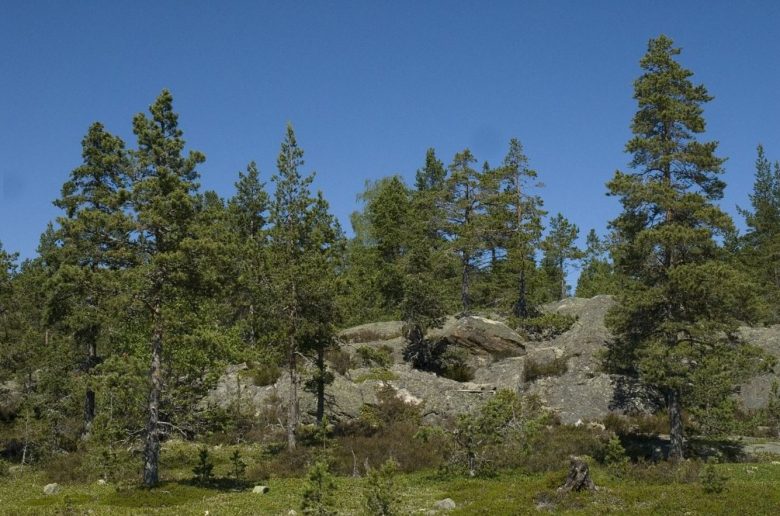
The Scots pine is an evergreen tree that can reach up to 40 m in height and 1 m in diameter of the trunk. It has a good longevity, on average around 300 years, with specimens that exceed 500 years of life.
The Pinus sylvestris it is a species that has a certain morphological variability, mainly due to the area of origin. However, it has rather homogeneous common characteristics.
The trunk is straight and slender in the dense formations, more twisted and squat in the isolated specimens. The crown is pyramidal in younger trees, more expanded, irregular and flattened at the apex in older ones.
The buds are oblong and pointed, with lanceolate pearls.
The bark is deeply furrowed by longitudinal grooves of ashy color. In the upper part of the trunk it tends to flake off in smaller lamellar flakes, which give the trunk the typical red-brick color that stands out among the woods.
Needles
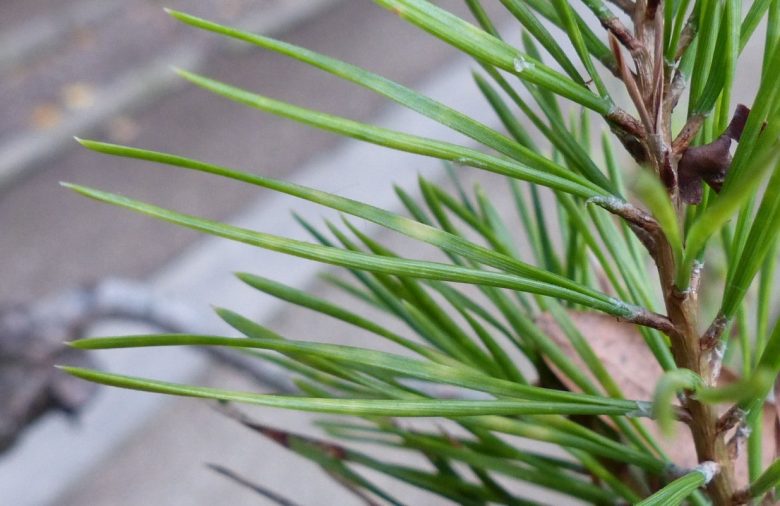
The leaves of the Scots pine are needle-like, typically joined in twos on very short twigs. The needles are maximum 7 cm long (on average shorter than those of other pines). In the basal part they are straight, while at the top they are twisted like a helix. The needles are also stiff and with a tight edge.
They persist on the foliage for up to 3 years. The color is green-glaucous (light blue) in the flattened face, green in the convex one.
This particular color makes the foliage of the Scots pine stand out among the other conifers of the forest.
Flowers
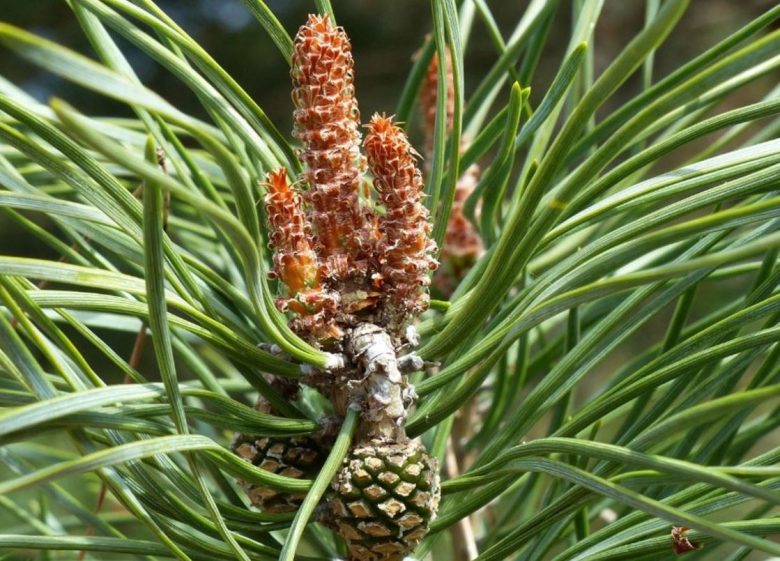
Feminine flowers
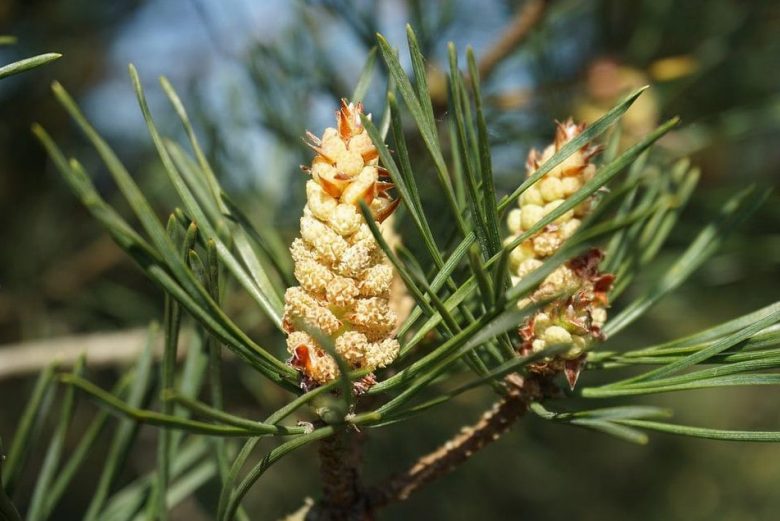
Male flowers
The Pinus sylvestris it is a monoecious species, which bears separate male and female flowers, but on the same plant. The male flowers (microsporophylls) are gathered in numerous small pinkish-yellow cones inserted in the lower portion of the young twigs. They produce a considerable amount of pollen which is carried by the wind for the pollination of female flowers (macrosporophylls). These, in slightly larger cones, pedunculated and in a variable number from 1 to 5, reddish in color and placed almost at the apex of the twigs, under the apical bud.
Flowering occurs in May and June.
Pine cones
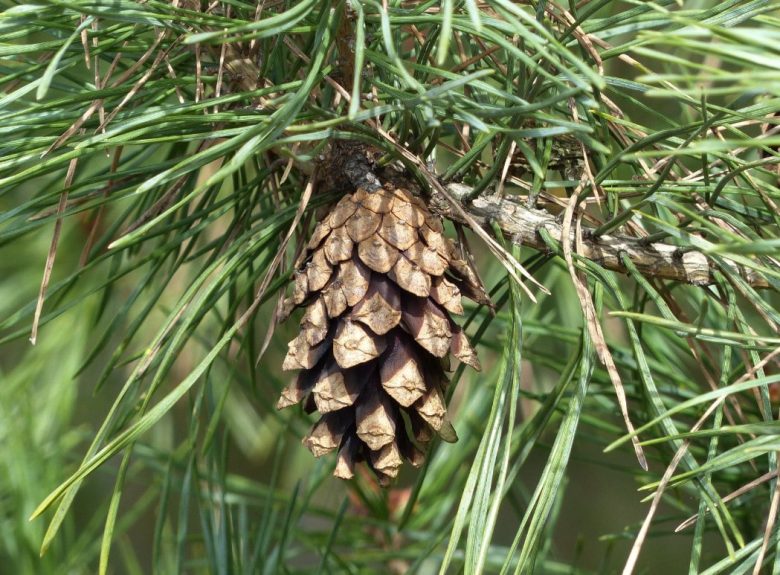
The fruit of the Scots pine derives from the ripening of the female inflorescences that grow and form a conical-oval cone-shaped cone (strobilo), with a rounded base and a more or less acute apex. The scales of the strobilus are tight, narrow and elongated, pyramidal shape, with a purple nail. The color of the pine cone is first greenish, then greyish-brown when ripe. Pine cones ripen at the end of the second year’s growing season. They are dehiscent and contain small oval-shaped seeds with wings to be easily carried by the wind. The color of the seeds is dark, almost black.
Where the Scots pine grows in Italy
In our country, the Scots pine grows from the Po Valley near the Prealps, up to the Alpine area, where it reaches an altitude of 2,000 m. It is also found spontaneously along the Ligurian-Emilian Apennines, elsewhere it is cultivated.
It manages to form pure woods, but is associated, especially in the eastern part, with the larchspruce and other pine species.
Environmental and land needs
Scots pine is a heliophilic essence, it fears unfavorable exposures, but it tolerates freezing winters and hot and dry summers well.
Its natural woods are open and its mountain stations located on the south-facing slopes. It is a very rustic plant, not very demanding regarding the physical qualities and fertility of the soil. Accepts all substrates (prefers light and sandy siliceous soils, but also populates arid limestone soils when they are not too compact). It is an adaptable tree, as evidenced by its presence even in peaty and humid areas where it competes with Birch.
Reproduction
In nature, the Scots pine has a great dissemination power. Its light, winged seeds are carried by the wind over a great distance. The Pinus sylvestris it is a pioneer species of bare or little wooded lands. It is often used in the forestry sector in reforestation works.
This ease of multiplication is also exploited to reproduce plants grown for ornamental purposes, even as single specimens. It is best to sow the Scots pine directly at home, in late autumn, as it develops a large taproot and then strong lateral roots that anchor it to the ground. If it is grown in pots, it will be transplanted to its permanent home after a year at the latest.
So be wary of buying overgrown potted Scots pine plants, they may have problems with initial rooting.
The pine wood
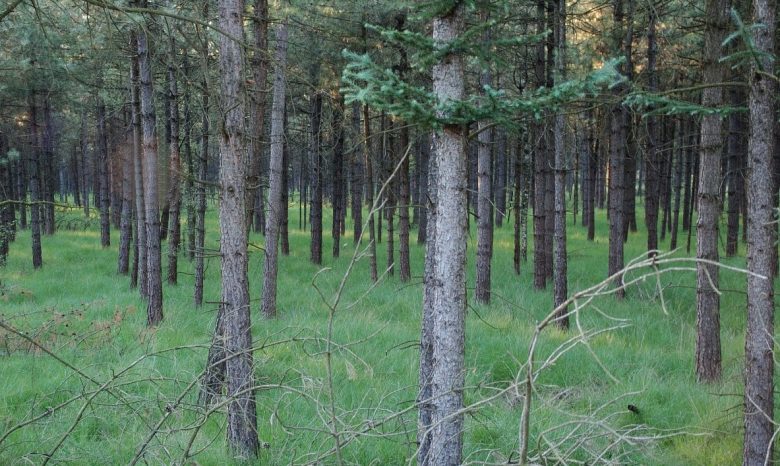
The wood of the Scots pine possesses characteristics which make it one of the most used woods in carpentry. It has light sapwood and reddish heartwood, with well visible growth rings. It is also light and very resinous. It must be said that the technological and mechanical characteristics of the wood vary according to the origin and age of the tree. The best wood is obtained from adult plants that have grown slowly, with straight trunks, small knots and narrow, regular growth rings.
The best logs are used for the production of furniture, parquet, windows, musical instruments, building and shipbuilding. The poorest wood in packaging manufacturing. Outdoors, Scots pine wood decays quickly, but it lends itself to being impregnated with preservative substances that significantly increase its durability.
It is rarely used as firewood, as the high resin content causes it to produce a lot of smoke.
Also due to the resin, Scots pine pine forests are very flammable and at risk of fires, with the fire that spreads easily even to the crown of standing plants.
The Scots pine in herbal medicine
Scots pine is rich in essential oil, consisting mainly of pinene and other terpenes. This essential oil is kept in the buds and in the young twigs with needles.
The buds are collected tightly closed in February-March. The twigs developed during the year are harvested from spring to autumn. Buds and twigs are dried in the sun and stored in glass containers. In this way they can be used in domestic herbal medicine, while obviously in the herbal-pharmaceutical-cosmetic field, titrated extracts or the essential oil itself are used (that you find in specialized stores).
Properties of the Scots pine
Always with domestic pine and its extracts various properties are attributedincluding balsamic, expectorant, anti-inflammatory, antiseptic and diuretic. Gems and needles are useful for lung diseases and inflammation of the upper airways, from bronchitis to flu and colds. Scots pine exerts a beneficial balsamic action in sedating the stimulus of cough, favors the elimination of mucus and phlegm, mildly disinfects the respiratory and uro-genital system.
Uses of Scots Pine
For internal use, an infusion is prepared with 2 g of buds and dry needles in 100 ml of water, to be taken in 2-3 cups a day.
For external use, gems and needles of the Scots pine thrown into boiling water and made to vaporize are used to free the cavities of the nose and throat, deodorize rooms and purify the air. In decoction instead to disinfect and stimulate the skin. To prepare the decoction for external use, 6 g in 100 ml of water are used.
Cosmetic use
In cosmetics, the essential oil of Scots pine enters the composition of soaps, detergents and shampoos. In addition to the pleasant refreshing and deodorant effect, it acts as a stimulant and purifier of the skin.
A handful of gems and needles can be used around the house for a relaxing and invigorating bath.
Traditional uses
The Scots pine has a long history of traditional uses, especially in countries where its presence is massive.
Tar was obtained from the dry distillation of wood. The splinters of very resinous trees, in particular of the stump, were used to make torches and torches. The needles contain fairly long and robust fibers, which, separated by maceration, give a textile material called “forest wool”, with which the mattresses were stuffed. Flowers were used as a substitute for hop for the production of beer.
In Lapland, non-resinous trees were peeled, the book of which, separated by the scaly rhytidoma, was dried in the shade and ground. With the flour obtained, mixed with water, the Lapps made very thin biscuits which, dried in the oven, could be kept for a year. When resources allowed, they mixed cereal flours. It was the food consumed in times of famine, which is still reserved for animals today.


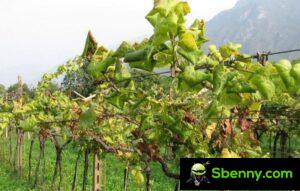

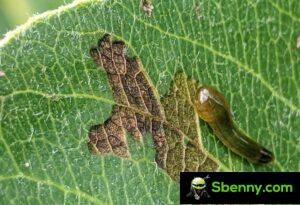
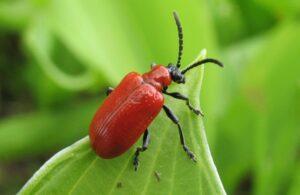

Start a new Thread